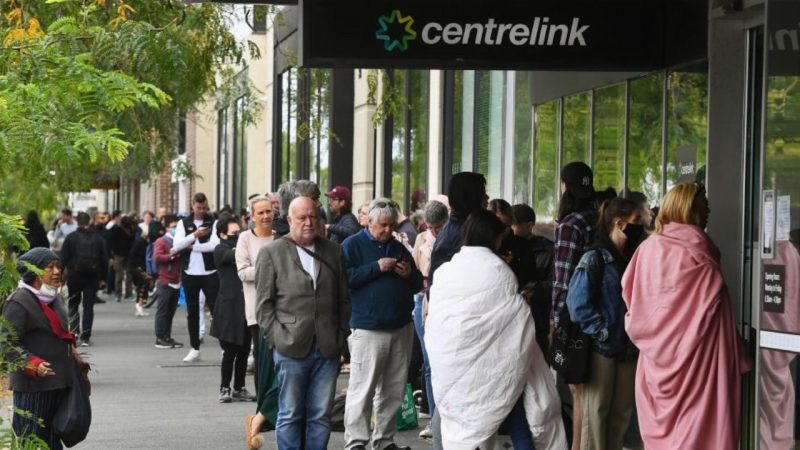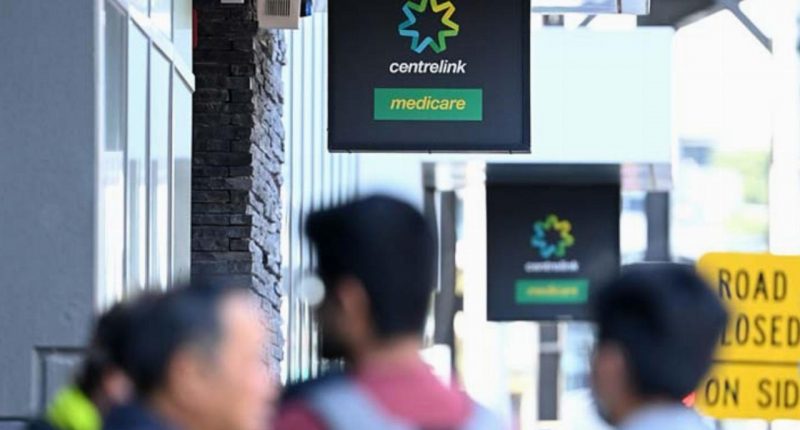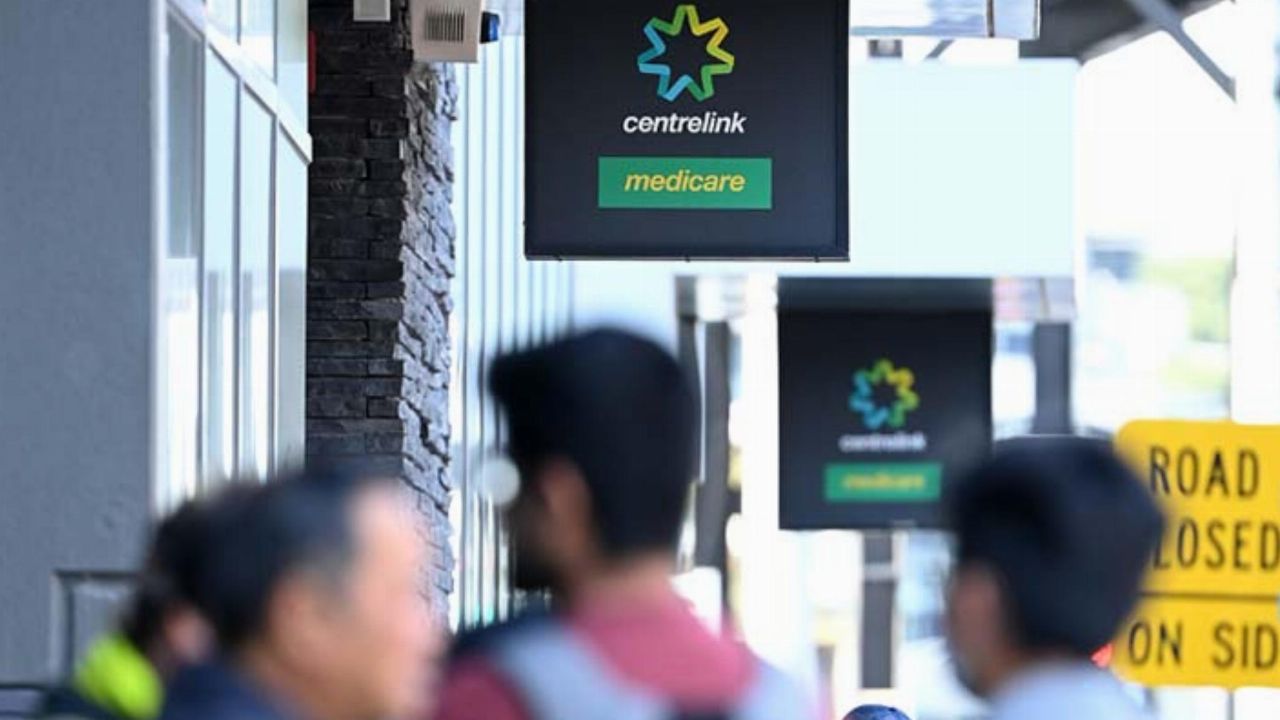- Economists are expecting over half a million Australians to relapse into poverty, after JobSeeker’s COVID-19 supplement ended yesterday
- The supplement, consisting of $550 a fortnight, was meant to provide extra support to unemployed Australians during the pandemic
- While the supplement temporarily lifted thousands out of poverty, its withdrawal is likely to reverse the much-needed relief it provided
- This is the third form of COVID-19 support the government has cut in a week, following the rental moratorium and JobKeeper program
- Prior to the supplement ending, the government recently boosted the program’s base rate – by less than $4 a day
Economists are expecting over half a million Australians to relapse into poverty, after JobSeeker’s COVID-19 supplement ended yesterday.
The JobSeeker income support program replaced the Newstart Allowance in March 2020, with the COVID-19 supplement being introduced in the same month. The supplement, consisting of $550 a fortnight, was designed to provide extra relief to unemployed Australians during the coronavirus pandemic.
According to a recent Parliamentary publication from July 2020, up to 820,000 Australians were receiving the Newstart Allowance at the tail-end of 2019. After the COVID-19 pandemic hit the country in early 2020, the resulting unemployment crisis sent thousands of people to queue for hours in front of Centrelink sites across the country.

Economist Matt Grudnoff, from the Australia Institute, said that the introduction of the COVID-19 supplement lifted 470,000 citizens out of poverty, more than any other single government policy measure.
The Parliamentary report estimates that by May 2020, the number of Australians on Newstart’s replacement, JobSeeker, had roughly doubled to about 1.64 million. In September, the supplement decreased to $250 a fortnight, followed by a reduction to $150 a fortnight in December.
Data from the Australian Bureau of Statistics showed that Australia’s economy accelerated by 3.1 per cent in the three months to December 2020. Despite this impressive economic turnaround, the number of people on JobSeeker in February 2021 was still roughly 1.245 million.
Yesterday’s end to the JobSeeker COVID-19 supplement is the third blow to hit financially strapped Australians in about a week.
In the past week both Federal and State Governments stripped away COVID-related financial support on three separate fronts. Late last week, the moratorium on evictions and rental increases ended in three states, followed by the JobKeeper wage subsidy finishing on Sunday.
Those still depending on JobSeeker may see their ranks expand considerably in the weeks and months to come. According to Australia’s Treasury Secretary, the dissolution of JobKeeper could potentially result in up to 150,000 Australians losing their jobs.
With less income support, less rental support, and potential unemployment all piling up on top of each other, Matt Grudnoff says that the government could sentence more than a million Australians to live under the poverty line.
“Or it can make the same choice they made last year and show that Australia is a compassionate country and spare these people that fate,” he said.
“If instead of cutting the coronavirus supplement, the government had instead chosen to restore the full $550 supplement, then half a million Australians would be lifted out of poverty, including 90,000 children,” he added.
Prior to the supplement ending, the Federal Government boosted the base JobSeeker rate, but only by $3.57 a day.
The increase also came with strings attached, including stricter obligations around recipients’ job-seeking duties. From April 1, Australians on JobSeeker will have to apply for at least 15 jobs a month, instead of the previous requirement of eight.
In July, this will increase again, forcing recipients to apply for at least 20 jobs a month, in order to continue receiving support.








